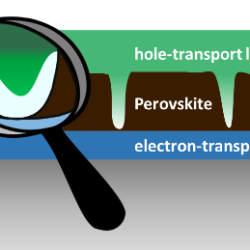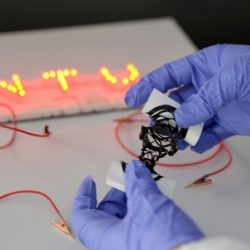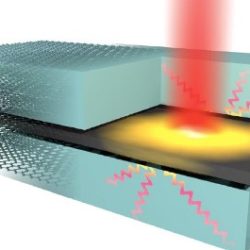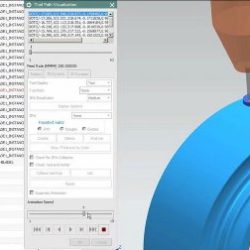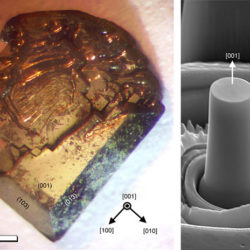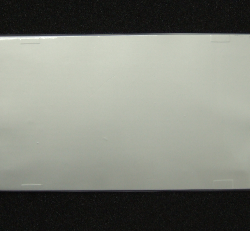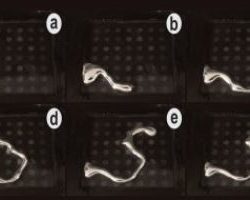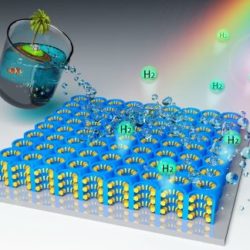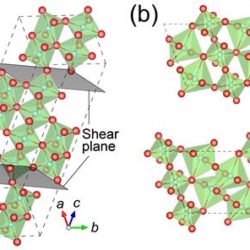Perovskite solar cells: perfection not required!
Experiments at BESSY II reveal why even inhomogeneous perovskite films are highly functional Metal-organic perovskite layers for solar cells are frequently fabricated using the spin coating technique. If you follow the simplest synthesis pathway and use industry-relevant compact substrates, the perovskite layers laid down by spin coating generally exhibit numerous holes, yet attain astonishingly high Read more about Perovskite solar cells: perfection not required![…]
